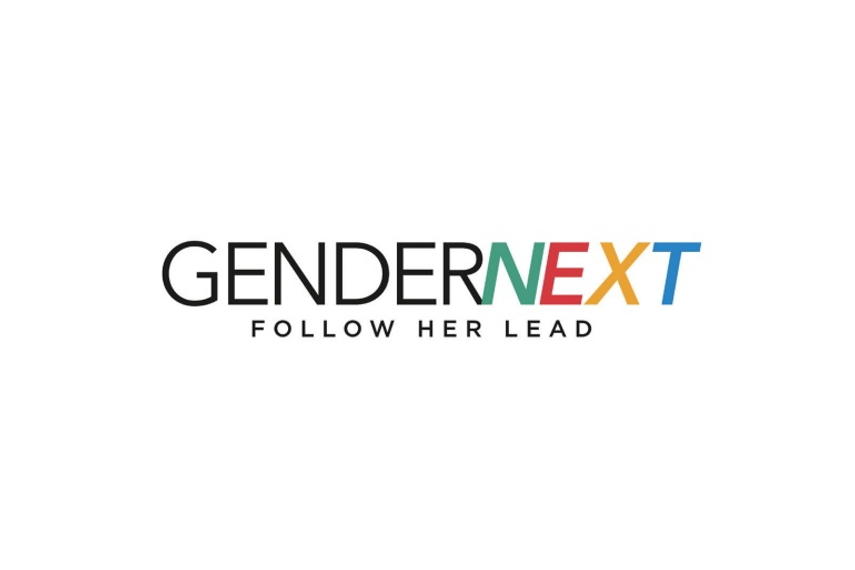
Please sign in or register
Existing users sign in here
Having trouble signing in?
Contact Customer Support at
[email protected]
or call+852 3175 1913
A panel hosted by the Advertising Standards Council of India saw experts discuss the findings of a new GenderNext report, which finds that the industry needs more introspection about representation of gender roles.

Contact Customer Support at
[email protected]
or call+852 3175 1913
Top news, insights and analysis every weekday
Sign up for Campaign Bulletins
EXCLUSIVE: Founder Tash Menon-Verheul steps into a board director and advisory role as the creative agency enters a new phase of growth across APAC.
EXCLUSIVE: The digital marketing veteran, an alum of Tokopedia, Meta and Unilever, joins Godrej Indonesia as chief marketing officer effective May 1.
With B2B influencers on the rise, experts in the region advise marketers to prioritise trust and credibility over visibility and metrics. Meanwhile, an emerging business to human (B2H) trend is overtaking B2B storytelling.
While personality cults around agency founders seem a relic of a less enlightened past, three experts argue that to break the rules and take back control, advertising needs at least a few larger-than-life figures.